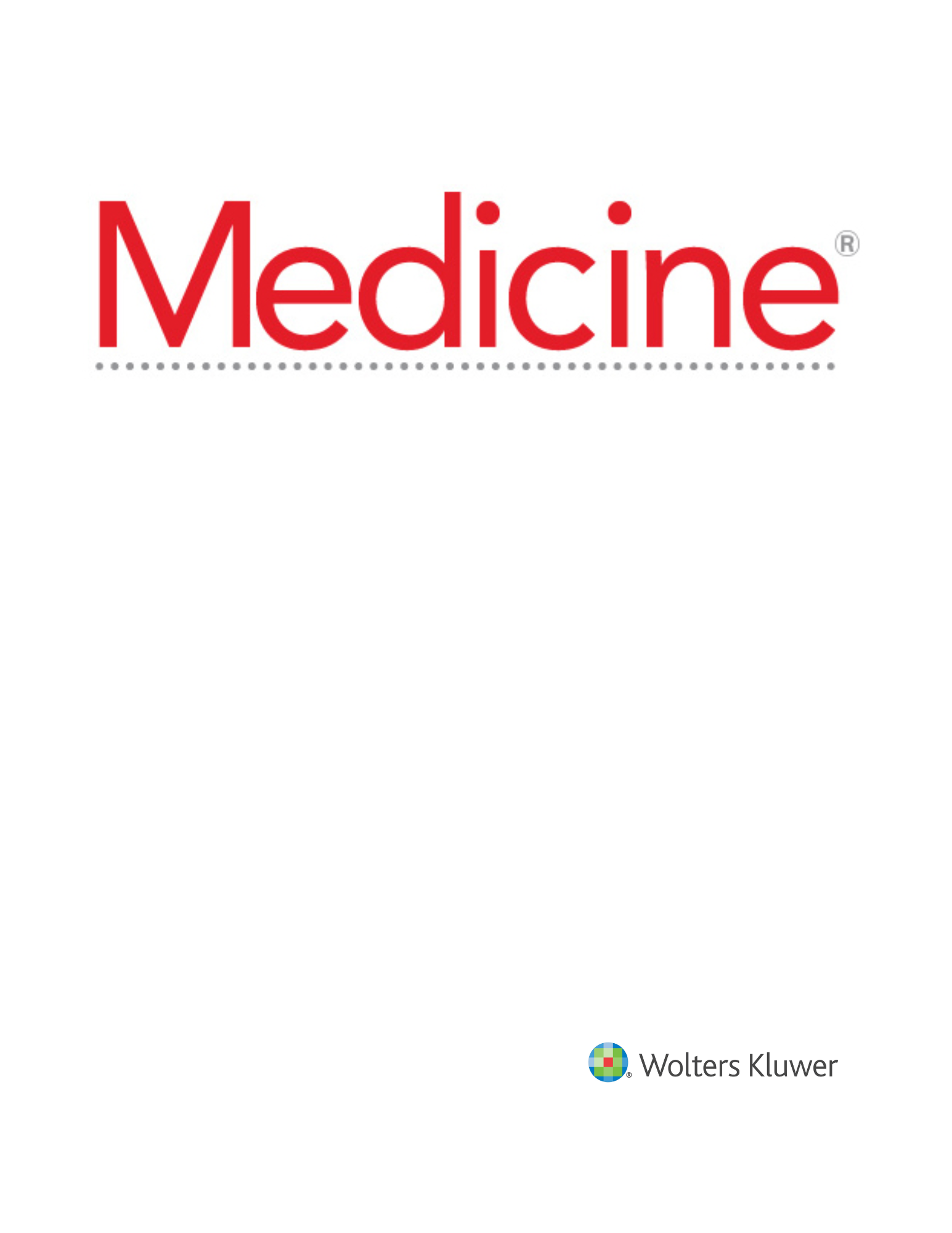
Improving Hypomobility syndrome (HMS) through self-myofascial release or stretching in adolescents

Improving Hypomobility syndrome (HMS) through self-myofascial release or stretching in adolescents
Effect of improving asymmetry through self-myofascial release in adolescent soccer player with hypomobility syndrome hip: A randomized controlled trial.
Medicine (Baltimore). 2024 01-Aug;():. 10.1097/MD.0000000000039223Did you know you're eligible to earn 0.5 CME credits for reading this report? Click Here
Synopsis
Forty-six adolescent soccer players with hypomobility syndrome hip were randomized to receive either static stretching (n=23) or self-myofascial release using foam rolling (n=23). Both interventions were performed twice daily for 20 minutes over six weeks. The primary outcome was improvement in hip range of motion (ROM), with secondary outcomes including hip strength, functional hop tests, and sel...
To view the full content, login to your account,
or start your 30-day FREE Trial today.
FREE TRIAL
LOGIN
Forgot Password?
Explore some of our unlocked ACE Reports below!

Learn about our AI Driven
High Impact Search Feature
Our AI driven High Impact metric calculates the impact an article will have by considering both the publishing journal and the content of the article itself. Built using the latest advances in natural language processing, OE High Impact predicts an article’s future number of citations better than impact factor alone.
Continue



 LOGIN
LOGIN

Join the Conversation
Please Login or Join to leave comments.